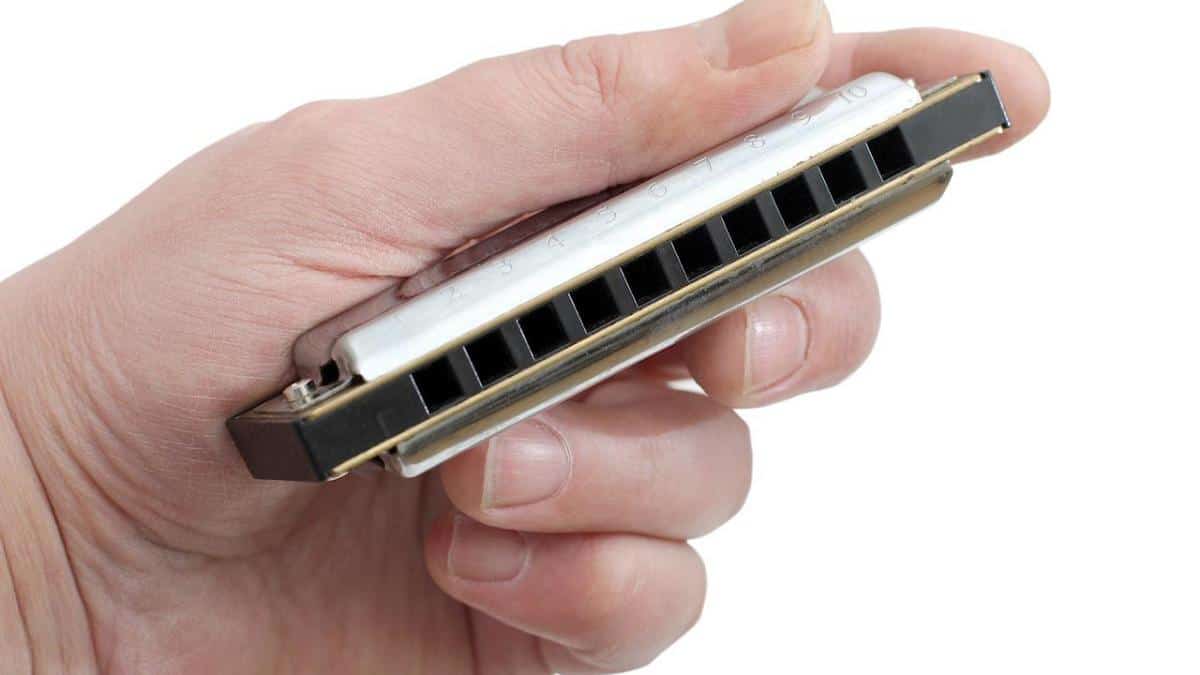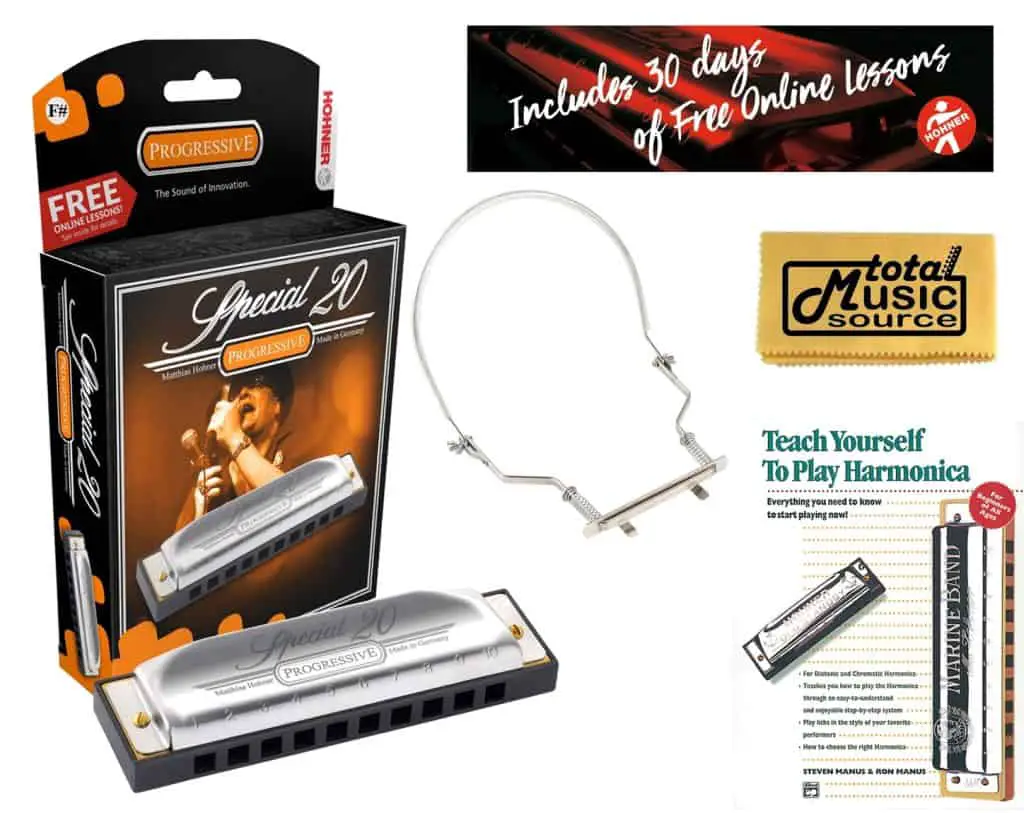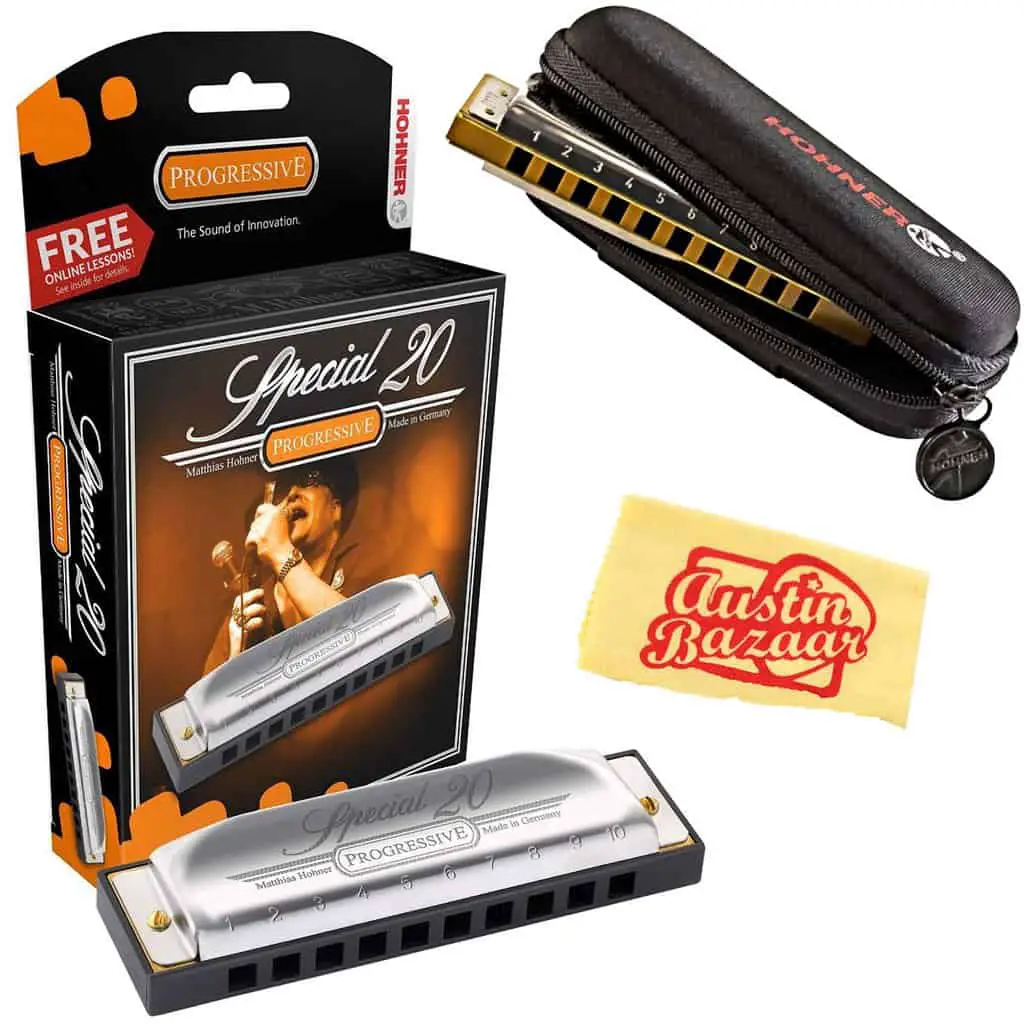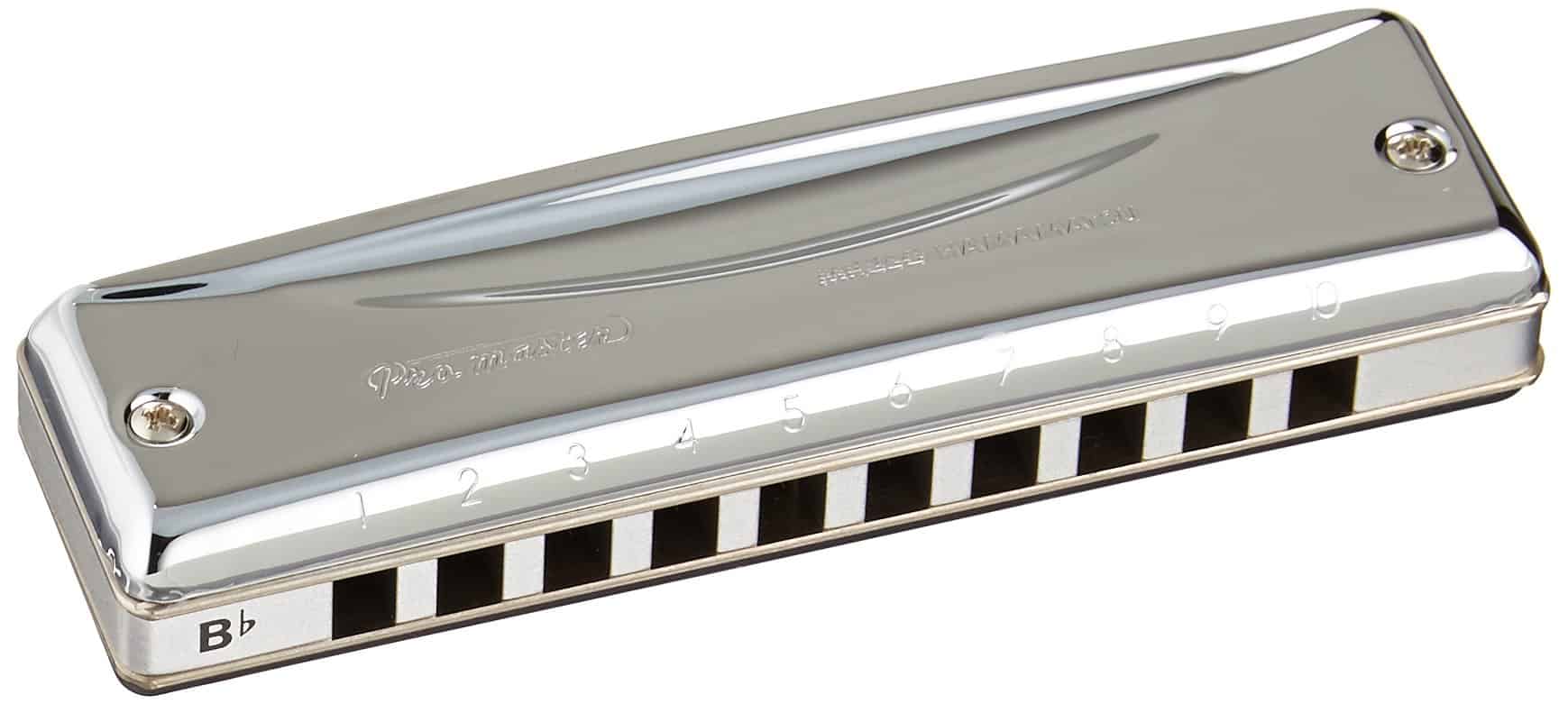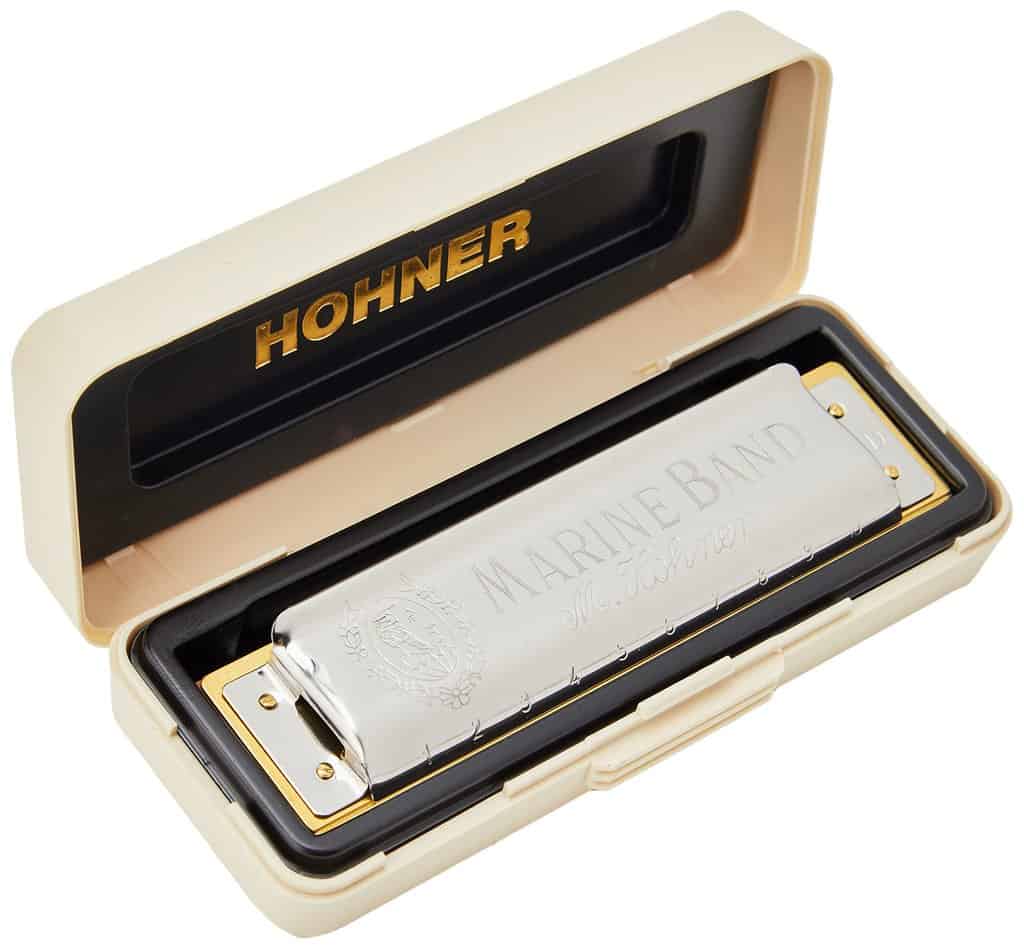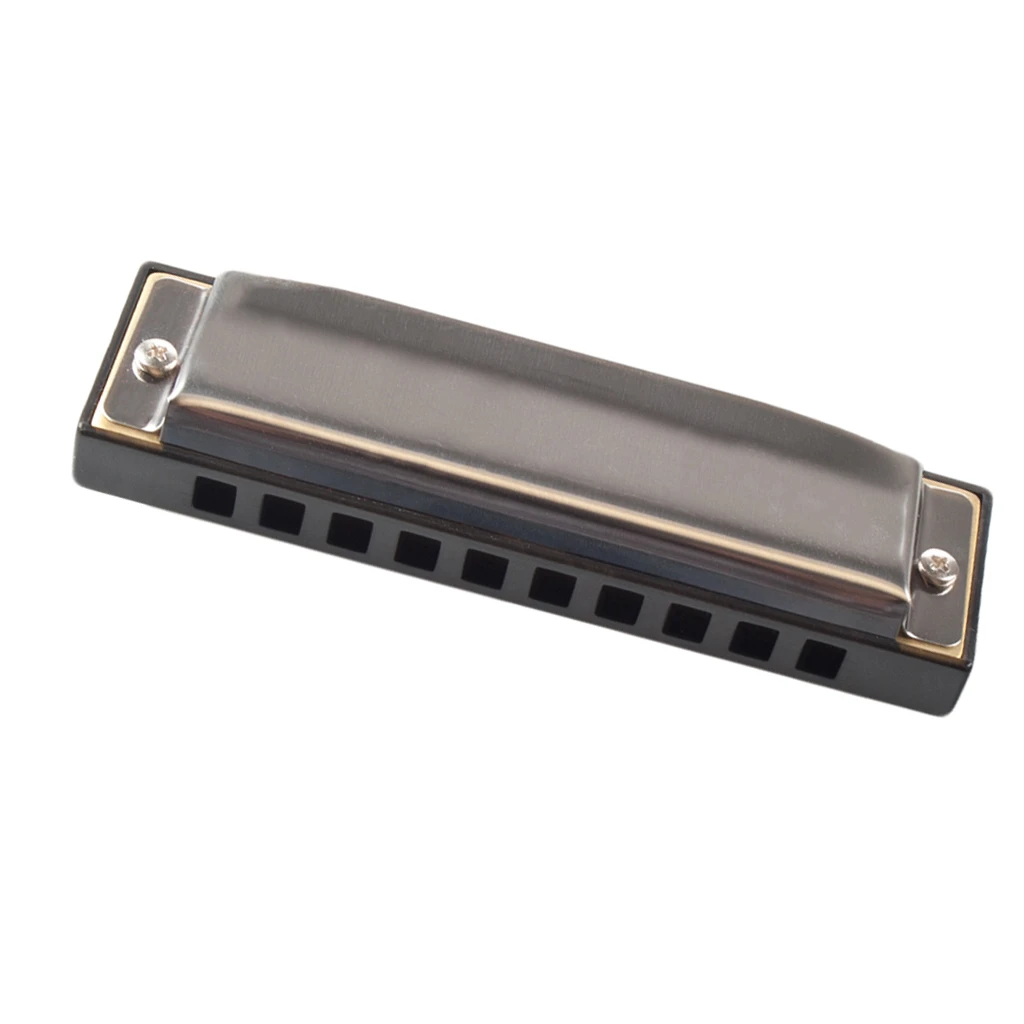Are you thinking of buying a harmonica? If you are, then you are in the right place. In this article, I will provide a guide on how to buy a harmonica and help you choose the right instrument for you. I will discuss the different types of harmonicas, as well as the factors you should consider when selecting one. I will also provide some tips on how to purchase a harmonica and maintain it. By the end of this article, you will have a better understanding of how to buy a harmonica and be able to make an informed decision.
Types of Harmonicas
| Type | Description |
|---|---|
| Diatonic | The most popular type of harmonica, has 10 holes and 20 notes. Can be used for blues, folk, country and other music styles. |
| Chromatic | A 12-hole harmonica with all the notes in the chromatic scale. Used mainly for Jazz and classical music. |
| Tremolo | A double-reed instrument with 8 holes. Produces a vibrato sound with a longer sustain than the diatonic harmonica. |
| Octave | A 10-hole harmonica with two sets of reeds, one tuned to a higher octave and the other to a lower octave. Used mainly for folk, Celtic and country music. |
| Orchestral | A 16-hole harmonica with two sets of reeds, one set tuned to a higher octave and the other to a lower octave. Used mainly for classical and orchestral music. |
Harmonicas come in a variety of shapes and sizes. Diatonic, chromatic, tremolo, octave and orchestral, are the five main types of harmonicas. Diatonic harmonicas are the most popular type and are used for blues, folk, country and other styles of music. Chromatic harmonicas have 12 holes and all the notes in the chromatic scale and are mainly used for Jazz and classical music. Tremolo harmonicas have 8 holes and produce a vibrato sound with a longer sustain than diatonic harmonicas. Octave harmonicas have 10 holes and two sets of reeds, one tuned to a higher octave and the other to a lower octave, and are mainly used for folk, Celtic and country music. Orchestral harmonicas have 16 holes and two sets of reeds, one set tuned to a higher octave and the other to a lower octave, and are mainly used for classical and orchestral music.
Choosing the Right Key
The key of a harmonica refers to the pitch of the instrument, with the most common being C, G, and A. The key of the harmonica depends on the music being played. For example, if the song is in the key of C, then the harmonica should also be in the key of C. It’s also important to consider the range of the instrument when selecting the key. Some harmonicas cover two octaves, while others may only cover one. The key should also match the vocal range of the player if they are singing or playing along with the harmonica. Finally, experienced players may want to consider buying harmonicas in different keys to expand their repertoire.
Craftsmanship and Quality
When choosing a harmonica, its craftsmanship and quality should be considered. Look for models made with quality materials, such as brass reeds, stainless steel covers, and wooden combs. Check for any unevenness in the surface of the harmonica, which could indicate poor workmanship. Inspect the reeds for any signs of rust or corrosion. Look for models with an adjustable cover plate, which will make it easier to adjust the reeds and make fine-tuning adjustments.
| Material | Quality Indicators |
|---|---|
| Brass Reeds | No rust or corrosion |
| Stainless Steel Covers | Smooth surface with no dents |
| Wooden Combs | Smooth surface with no cracks |
| Adjustable Cover Plate | No looseness or gaps |
Brand Considerations
When selecting a harmonica, one of the most important considerations is the brand. There are a few major harmonica manufacturers, such as Hohner, Suzuki, Seydel, and Lee Oskar, who all make quality harmonicas. Each brand has its own unique sound and playing characteristics, so it is important to consider which one best suits your needs. For example, Hohner harmonicas are popular with blues players due to their strong sound, while Seydel harmonicas are popular with jazz players due to their bright sound. It is also important to consider the type of material used in the construction of the harmonica, as this will affect the overall sound and playability.
Cost
- Harmonicas can range in price from around $5 to $500.
- Harmonicas with more reeds and higher quality materials are more expensive.
- Prices for harmonicas will vary depending on the brand, type, and size.
- It is best to research the different brands and their prices to find the best deal.
Accessories
When buying a harmonica, it is important to consider what accessories you will need. Harmonicas come with a variety of accessories, depending on the brand and model. Many come with a carrying case, which is important for storage and protection. You may also need cleaning supplies, such as a clean cloth and cleaning solution, as well as a harmonica stand and a tuning tool. You may also want to purchase a harmonica amplifier, if you plan to play the instrument in a larger venue.
Buying Online
- Identify the type of harmonica you are looking for (e.g. diatonic, chromatic, tremolo, etc).
- Research online for the best price and availability.
- Read product reviews and customer feedback.
- Choose a reputable online vendor.
- Check the shipping policies and procedures.
- Finalize the purchase by entering payment information.
- Wait for the harmonica to arrive.
Care and Maintenance
- Clean the instrument regularly with a soft, dry cloth.
- Store your harmonica in a cool, dry place away from direct sunlight and strong air currents.
- Keep the harmonica in an airtight container to keep it dry and dust-free.
- Check the reeds and screws regularly for any signs of wear and tear.
- Oil the reeds and the screws with a few drops of light machine oil.
- Tune the instrument occasionally to maintain its sound quality and accuracy.
- Replace broken reeds or screws as soon as possible.
Frequently Asked Questions
What Should I Consider When Purchasing a Harmonica?
When buying a harmonica, it is important to consider the type and size of the harmonica, the key, the reeds, the cover, and the build quality. Different types of harmonicas are suited for different genres of music, so be sure to consider the type of music you plan to play when selecting a harmonica. The size of the harmonica is also important, as larger harmonicas have a fuller sound and larger range, while smaller harmonicas are easier to carry and play. The key of the harmonica should also be taken into account, as different keys will enable you to play different notes. The reeds are also important, as they determine the sound of the harmonica. Lastly, you should consider the build quality of the harmonica, as a high-quality instrument will last much longer than a cheap one.
What types of harmonicas are available?
Harmonicas come in many sizes, shapes, and types, including diatonic, chromatic, tremolo, octave, and bass harmonicas. Diatonic harmonicas are the most popular, and are designed to play in a specific key. Chromatic harmonicas have a button-activated slide that allows them to play in any key. Tremolo harmonicas have two reeds for each note, giving them a distinctive sound. Octave harmonicas have a higher and lower reed for each note, allowing for a wider range of notes. Bass harmonicas are designed to mimic the sound of a bass guitar.
What is the difference between a diatonic and chromatic harmonica?
A diatonic harmonica is the most common type of harmonica, featuring ten holes and 20 reeds. The notes are arranged in a single octave, allowing you to play melodies and chords in a specific key. A chromatic harmonica has twelve or sixteen holes, and each hole has four reeds – one for each semitone. This allows you to play in any key, and is often used in jazz and classical music.
What are the benefits of buying a harmonica online?
Buying a harmonica online provides a convenient, fast and safe way to find the perfect instrument for your needs. You can access a wide selection of different harmonica models and brands, compare prices and read reviews from other users to make an informed decision. Online shopping also allows you to purchase harmonica accessories such as reeds, cases and cleaning supplies. You can also find harmonica lessons and tutorials online to help you learn to play.
What is the Best Way to Determine Which Harmonica is Right for Me?
To determine which harmonica is right for you, consider your skill level, the type of music you plan to play, the size of the harmonica, and your budget. Beginners should start with a basic 10- or 12-hole diatonic harmonica. More experienced players may want to experiment with chromatic or tremolo harmonicas. Consider the keys you want to play, as harmonicas come in different keys. Size matters when selecting a harmonica; larger harmonicas are louder, while smaller ones are easier to play. Finally, set a budget and shop around to find the right harmonica for you.
Conclusion
When selecting a harmonica, consider your level of experience and musical genre, your budget, and the type and quality of the harmonica. Beginner models are generally easier to use and less expensive while professional models may offer a greater range of sound options. Once you have considered these factors, you can confidently choose the right harmonica for you.

